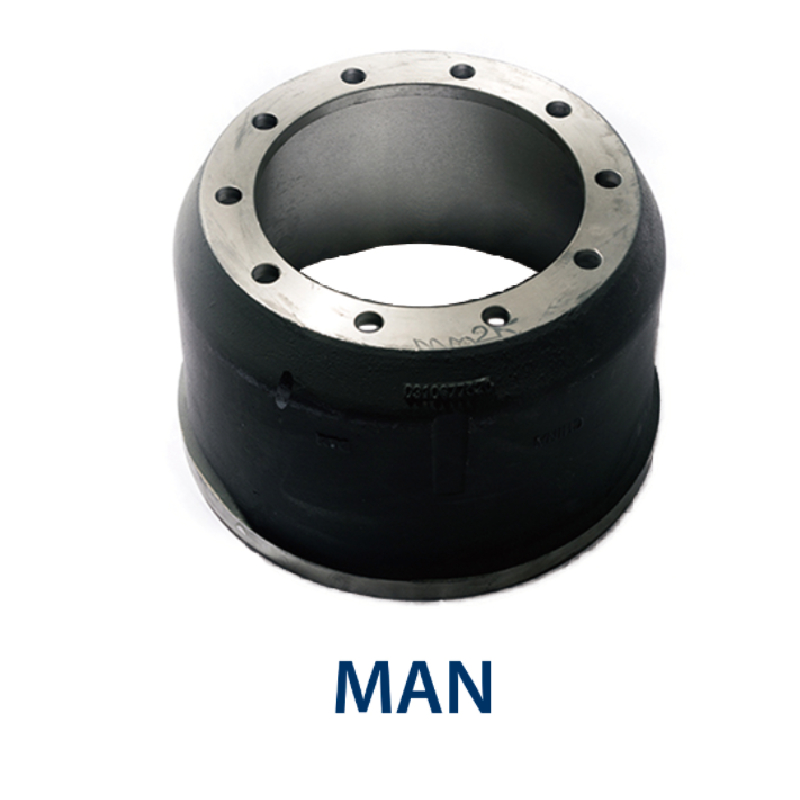12 月 . 03, 2024 14:45 Back to list
Is it essential to replace brake drums for vehicle safety and performance?
Is It Necessary to Turn Brake Drums?
When it comes to vehicle maintenance, one area that often requires attention is the braking system. The brake drums, one of the key components of drum brake systems, play a crucial role in ensuring safe and effective braking. Over time, wear and tear can affect both their performance and safety. This raises a critical question is it necessary to turn brake drums?
Understanding Brake Drums and Their Functionality
Brake drums are cylindrical components that house the brake shoes. When the driver presses the brake pedal, hydraulic force pushes the shoes against the inner surface of the drum, creating friction that slows down or stops the wheel's rotation. As vehicles are driven, heat is generated, and wear occurs. This can lead to uneven surfaces, scoring, or warping of the drum, which can compromise braking efficiency.
When to Consider Turning Brake Drums
Turning, or machining, brake drums involves removing a thin layer of material from the drum's surface to restore a smooth finish. This procedure can help maintain optimal contact between the brake shoes and the drum, which promotes effective braking performance. There are several scenarios when turning brake drums may be necessary
1. Worn or Grooved Surfaces If the drum surface is uneven or has developed grooves, it may lead to inconsistent brake performance. Machining the drum helps restore a smoother surface.
2. Overheating If brakes have overheated, it can lead to warping of the drums. Turning the drums may rectify this issue by restoring their original shape.
3. Rust or Corrosion Exposure to moisture can lead to rust forming on the drum surfaces, affecting their performance. Turning can help eliminate this rust and improve functionality.
4. Prevention of Brake Noise A rough or scored drum surface can cause brake noise, which not only is annoying but can also indicate performance issues. Turning the drums can help minimize noise by providing a smooth surface for the brake shoes to engage.
is it necessary to turn brake drums

Benefits of Turning Brake Drums
Turning brake drums offers several advantages. Firstly, it can significantly extend the life of the brake drums and prevent the need for premature replacement. Replacing brake components can be costly, so maintaining existing parts through turning can save money in the long run.
Secondly, turning helps ensure the safety and reliability of the vehicle. The brake system is vital for safe driving, and maintaining its components in optimal condition contributes to the overall safety of the vehicle. Smooth surface interactions between the brake shoes and drums improve stopping performance and reduce the chance of brake failure.
Finally, turning brake drums can also contribute to better driving comfort. Smooth brakes lead to a more consistent and comfortable driving experience, free from noises or vibrations that can be jarring for both the driver and passengers.
Considerations and Alternatives
While turning brake drums can be beneficial, there are also considerations to keep in mind. Some manufacturers recommend replacing worn or damaged drums instead of machining them, especially if the drums are already close to their minimum thickness specifications. It’s essential to assess the condition of the drums and follow manufacturer guidelines for maintenance.
Moreover, modern vehicles increasingly come equipped with disc brake systems, which may not necessitate the same level of maintenance as drum brakes. In such cases, drivers may never face the need to turn brake drums at all.
Conclusion
In conclusion, whether it is necessary to turn brake drums depends on the extent of wear and damage. Regular inspection of your vehicle’s braking system is essential to ensure that all components—especially brake drums—are functioning correctly. If you observe any signs of wear, such as excessive heat, noise, or uneven surfaces, consult a professional mechanic. They can provide insights and recommendations on whether turning the drums is appropriate or whether replacement is the better option. Keeping your braking system in good condition is not just a matter of vehicle maintenance; it’s a crucial aspect of road safety.
-
Brake Drum for Kamaz Trucks Durable OEM Replacement & High Performance
NewsMay.30,2025
-
Brake Drum Man High-Quality Drum Brake & Shoe Solutions
NewsMay.30,2025
-
High-Performance Brake Drum for Kamaz Trucks Durable Drum Brake Components
NewsMay.29,2025
-
Brake Drum Man High-Quality Drum Brake Drums & Brake Shoes
NewsMay.29,2025
-
Brake Drum MAZ High-Performance & Durable Replacement Parts
NewsMay.29,2025
-
heavy truck brake drums
NewsMar.07,2025
